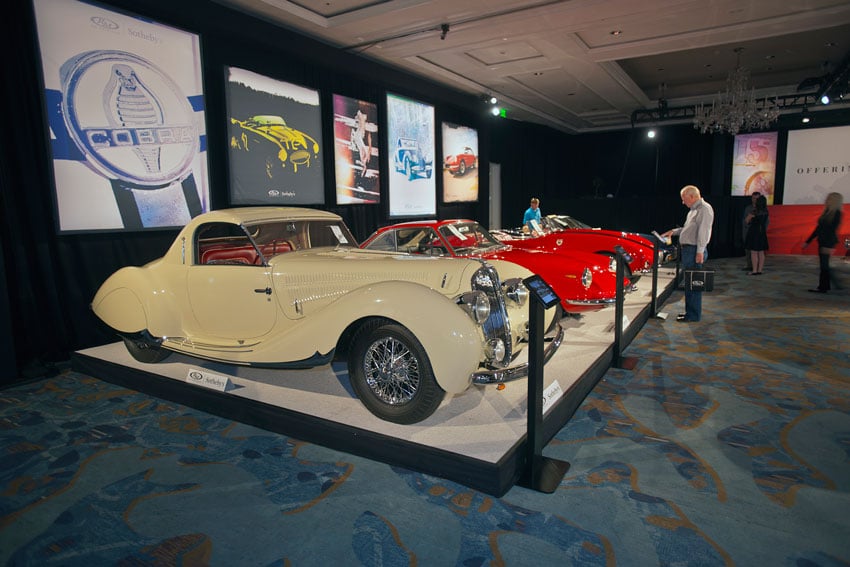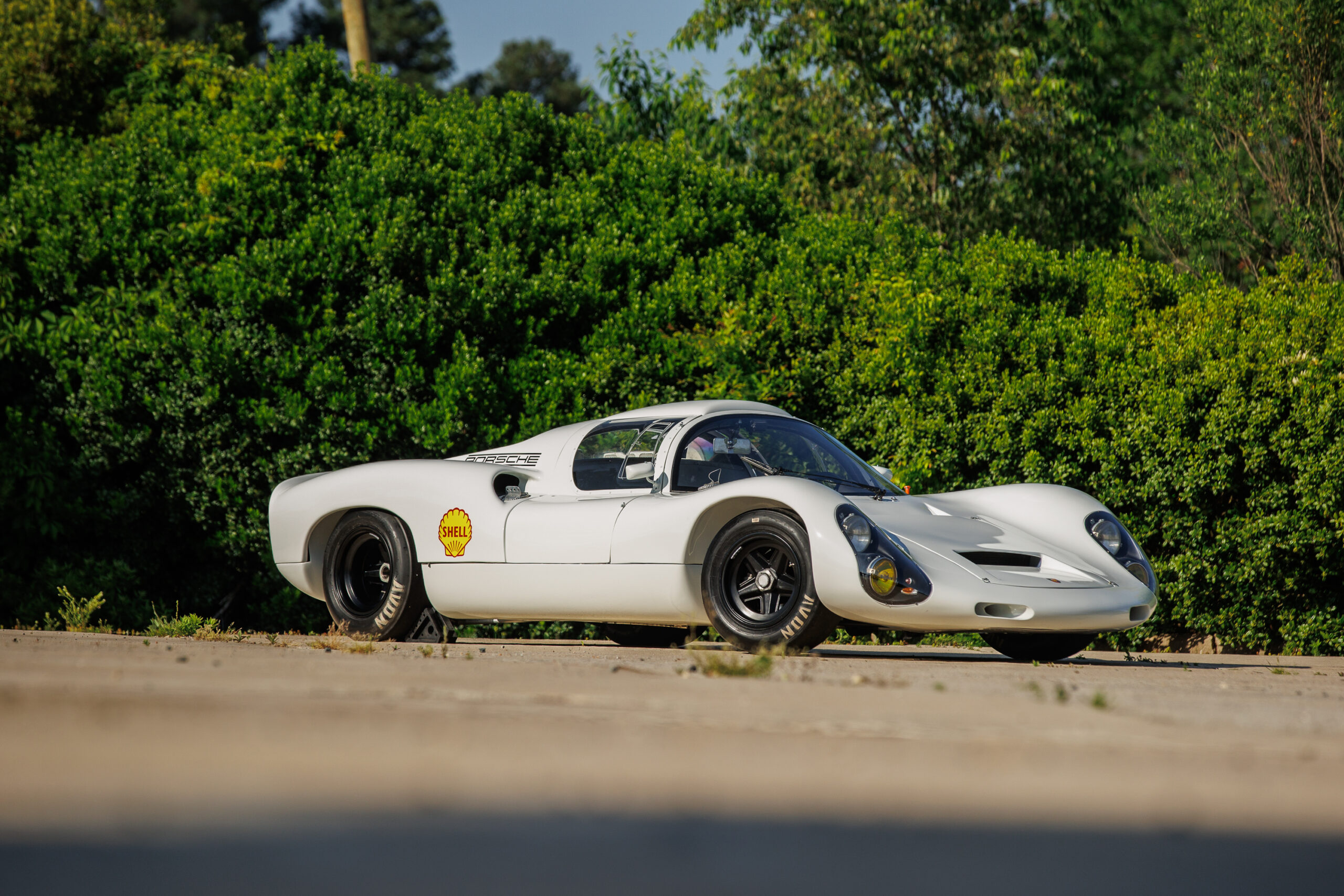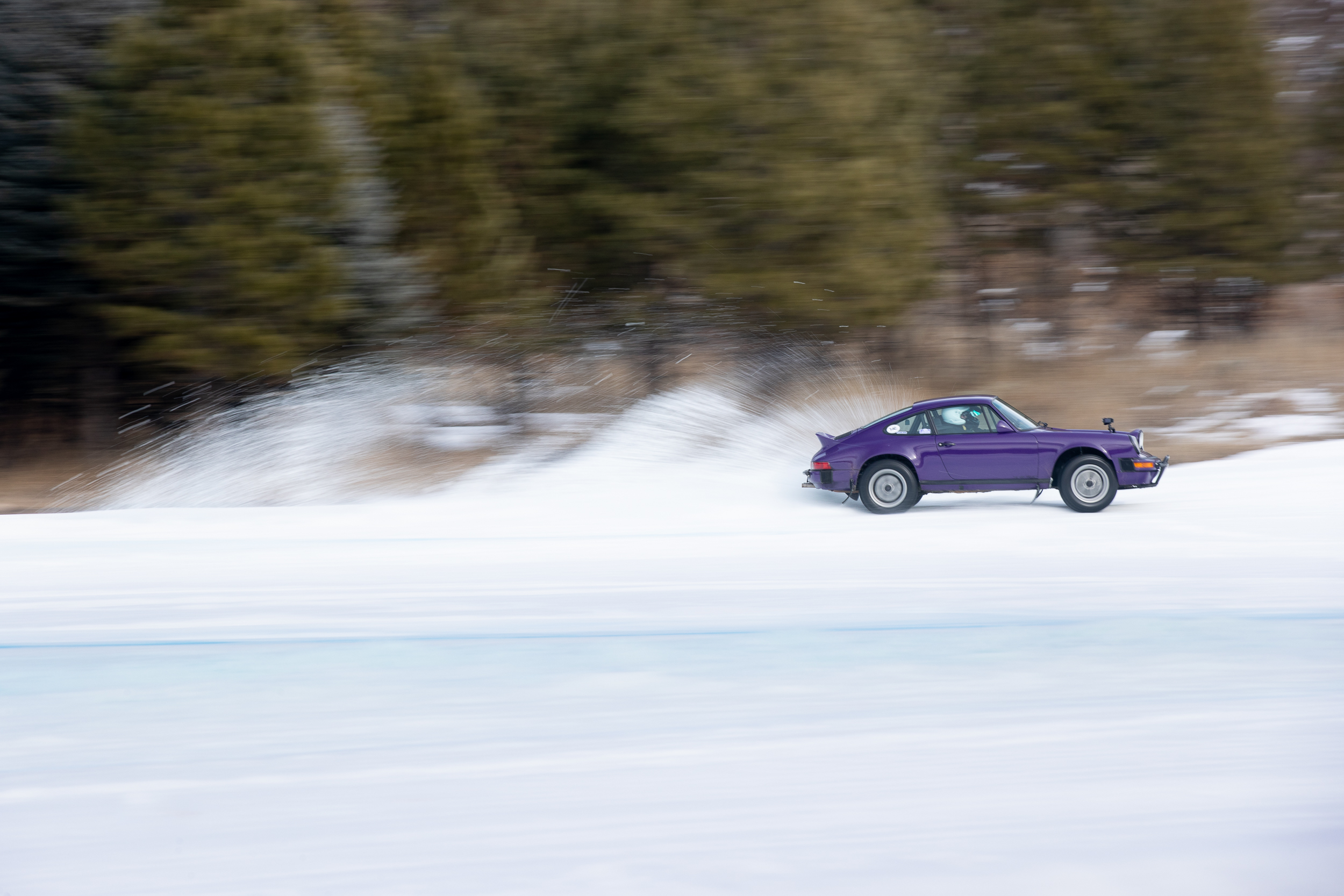If the question after Scottsdale was “remember when the car hobby had its seasons,” the question that became clear at Amelia was “remember when cars used to be for weekends?”
Amelia, with its solid prices for solid cars, great prices for great ones, and realistic prices for, well, disappointing ones reinforced the real-world impact of still-increasing automobiles values on usability and enjoyment.
Go leaf peeping through the northeast on a Saturday or Sunday? How about a Tuesday. Go on a winery tour in Napa on a weekend? How about a Monday instead, to places with an advance appointment. With the sale prices recorded at Amelia, there no longer is a season. There is a date and a time. With a pre-vetted route. And sometimes with escorts. Yet even then, things happen. Inattentive or distracted drivers do pull out in front of classics and exotics on controlled-route tours and rallies, causing injury to passenger and driver, and damage to the automobiles.
With 1989 Porsche Speedsters selling for $264,000 at RM, a 1997 993 Turbo S going for $440,000 at Gooding, a 1971 Mercedes-Benz 280 SE 3.5 cabriolet bringing $280,500 at Gooding, and a 1967 Ferrari 330 GTC selling for $907,500 at RM, these drivers’ cars have become too valuable to enjoy. That’s why, nation wide, Cars & Coffee events start at 7am on Saturdays and everyone has gotten home safely by 10. There’s too much traffic and too many risks.
Did that deter buyers at Amelia’s two auctions? The right cars brought the right price-and-then-some. Spring is coming. Every state in the union has had at least one day above 50°. “There’s hope for gain,” one long-time observer said, “or at least for better things to come.”
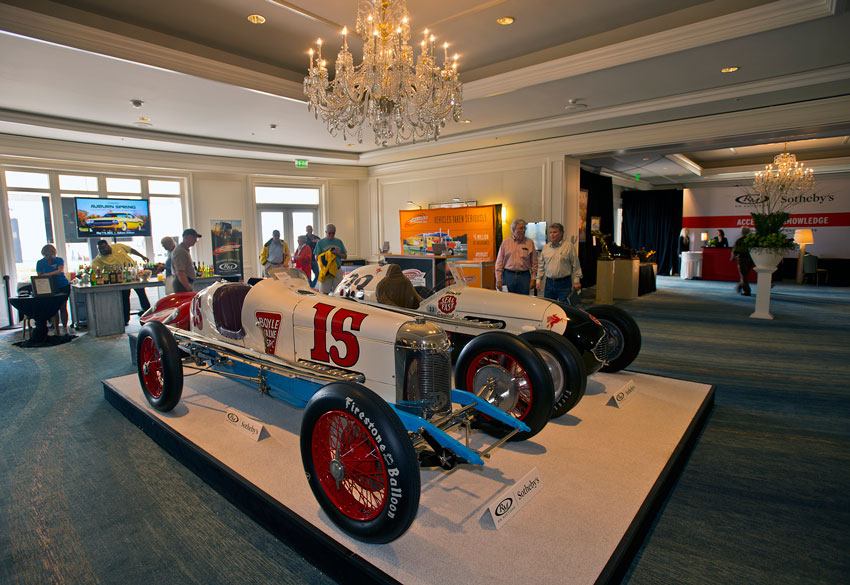
That said, there still were moments that provoked head scratching Friday and Saturday. RM’s lot #160, a 1988 Jaguar XJR-9 – the car that won the Daytona 24 Hours in 1990 sold for $2,145,000. That is nearly $1 million below its estimate. This purchase is a visionary’s challenge and the buyer has acquired a static art display for a few more years before it is vintage race eligible. And then who will be able to reboot its electronics to start it. It was a phenomenal buy for a car with which you can do very little. Yet that may have been the point.
Auction purchases, indeed all rational acquisitions of collectible automobiles, are based on finding the intersection of two sliding scales on a graph: rarity versus desirability. The XJR was a significant endurance race winner, therefore rare. And for a collection centered on those accomplishments, it was desirable; this price was a deal.

But what about the 1960 Ferrari 400 Superamerica Short Wheelbase Cabriolet that hammered at $5.8 million at RM and, with fees (as all prices in this story are quoted) sold for $6,380,000. Based on past sale prices for long wheelbase California Spyders and Superamericas with covered headlights, this was another “deal.” It is apparent that LWB cars with covered lights are rare and very desirable. This price suggests that SWB cars with open lights are perhaps only two-thirds as desirable.
Gooding’s item #56, a 1956 Maserati 200 si – a car with history of Stirling Moss as its driver, the honoree for the weekend – failed to sell at $4.7 million. Rumors hinted the reserve was close, at $4.8M though this is unconfirmed and Gooding did not publish that range in its catalog. In any event, here is another missed intersection of rare and desirable. At $4.7 million, there are not too many owners who can afford to race it. It was painted and polished like the historic treasure it is, but it failed to sell during the auction.
RM’s 1961 Mercedes-Benz 300SL Roadster (with hardtop) is another car worth mention. This desirable-year car – with one owner for the past 35 years – arrived on the block in perhaps the least desirable color combination, red paint, black interior, with wide white walls that, while they may have been period correct, did nothing to supports its reputation as a sports car. It sold for $962,500 including fees, leaving some to suggest a shrewd buyer was going to take it home, paint it a different color, replace the whitewalls, and smile at his smart steal of what otherwise may have been a $1.2-to-$1.3 million car, (especially considering that Gooding sold a 1957 300SL in cream with black for $1,237,500.)
RM sold a 1975 Porsche 911 Carrera mechanical fuel injection 2.7-liter for $308,000. This European model in Ice Green Metallic, although restored by a “European expert of early 911s” still showed wrong details and/or details missing. It was, one veteran concluded, “All the money for an average car, a price not right for a car that needs 100K in attention.”
An 1973 RS 2.7 Touring RS in special order India Red with “matching numbers and an unblemished known history” sold for $891,000 at RM, while a 2.7 Lightweight at Gooding failed to sell, reaching only $900,000 against its low reserve of $1.1 million. It was a numbers-matching car but the original engine block had been replaced and, as is well known in the RS world, this tends to raise every red flag. Without being able to accurately gauge the thickness of body panels or glass, there were too many questions. In this case, not having the original engine – and the more significant the car is the more this matters – crushed the price on this car by a third over that last matching-number lightweight sold.
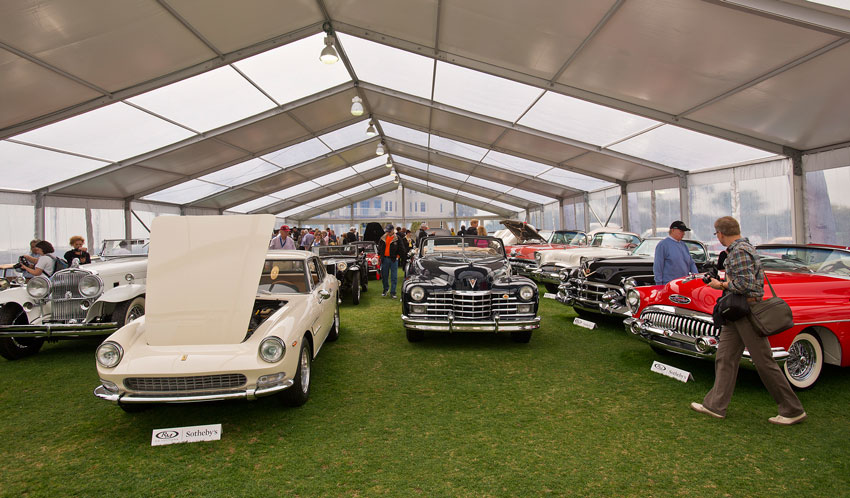
One other fact needs to be mentioned: While prices generally bettered those achieved at Scottsdale – that is, more cars reached their reserve at Amelia than in Arizona – a number of successful sales concluded at 15%, 20%, or more below their low estimate. What is happening here?
First, with the Euro reaching near parity with the dollar – $1.05.5 to €1 on Friday of that weekend, most Europeans who had come to Amelia brought cars for the concours, not Euros for the auction. Second, it can be said that not all the offerings measured up. As one insider explained, “We can’t get great cars because we can’t afford to go see every single car. So we talk to an owner who tells us the car won a local show. And it shows up and we wonder ‘What the hell is that?’”
In future issues, Road Scholars Magazine will examine the question of who is vetting these cars, the effect that demographic trends – and even posters on the walls – are having on prices, and how you determine the best sale venue and auction house when you are ready to sell.

